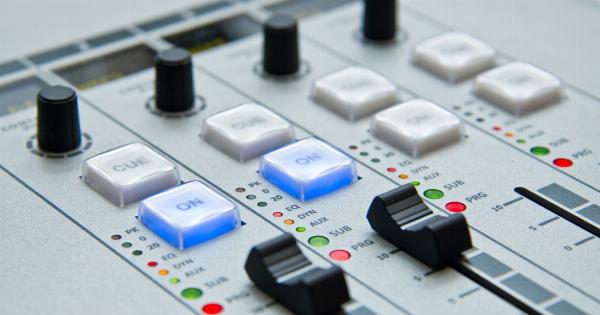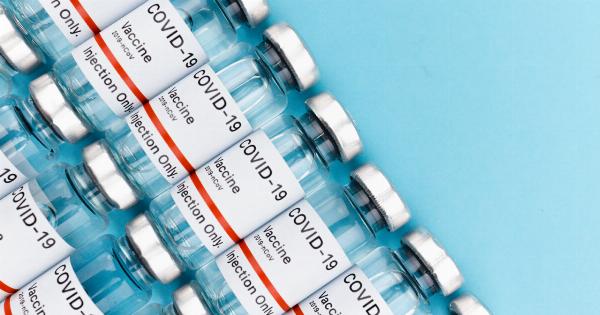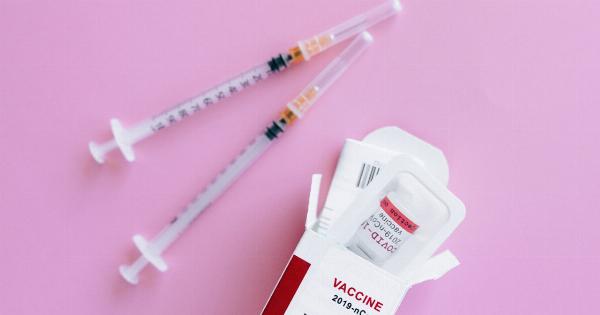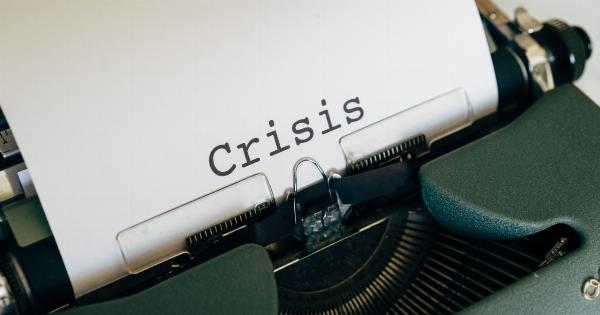Articular cartilage is the smooth, shiny, white connective tissue that covers the ends of bones in joints. It plays a critical role in joint function, allowing for smooth and pain-free movement.
However, articular cartilage can be damaged due to injury, disease, or wear and tear, leading to pain, swelling, and decreased joint function. Articular cartilage repair aims to restore the damaged cartilage and relieve these symptoms. Over the years, several state-of-the-art approaches have been developed to improve the outcomes of articular cartilage repair.
Microfracture Technique
The microfracture technique is a commonly used method for articular cartilage repair. It involves creating small holes in the damaged area of the cartilage using a sharp instrument.
This stimulates the formation of a blood clot, which eventually turns into fibrocartilage. While this technique is relatively simple and cost-effective, the resulting fibrocartilage is mechanically inferior to native cartilage and can deteriorate over time.
Osteochondral Autograft Transplantation
Osteochondral autograft transplantation, also known as mosaicplasty, involves taking healthy cartilage and underlying bone from one area of the joint and transferring it to the damaged site.
This technique is particularly suitable for small cartilage defects. However, the availability of healthy cartilage for transplantation can be limited, making it less suitable for extensive cartilage damage.
Osteochondral Allograft Transplantation
Osteochondral allograft transplantation involves transplanting cartilage and underlying bone from a donor to the recipient’s damaged joint.
This technique can be used for larger cartilage defects and is advantageous in that it provides a larger supply of cartilage grafts. However, the success of allograft transplantation can be limited by immune reactions, graft rejection, and disease transmission.
Autologous Chondrocyte Implantation
Autologous chondrocyte implantation (ACI) is a cell-based therapy for articular cartilage repair.
It involves harvesting a small sample of healthy cartilage from the patient’s joint and isolating the chondrocytes, which are the cells responsible for cartilage formation. These chondrocytes are then expanded in the laboratory and implanted back into the damaged joint. ACI can provide a durable repair with improved cartilage quality but requires two surgeries and a lengthy rehabilitation period.
Matrix-Induced Autologous Chondrocyte Implantation
Matrix-induced autologous chondrocyte implantation (MACI) is a modification of the traditional ACI technique. In MACI, the chondrocytes are seeded onto a biocompatible scaffold and then implanted into the damaged joint.
This scaffold provides support for the cells and allows for better integration with the surrounding cartilage. MACI has shown promising results in terms of cartilage repair and has the advantage of a single surgical procedure.
Tissue Engineering Approaches
Tissue engineering approaches for articular cartilage repair aim to create functional cartilage in the laboratory and transplant it into the damaged joint.
These approaches typically involve combining a biocompatible scaffold, cells (such as chondrocytes or stem cells), and bioactive factors. The scaffold provides a 3D structure for cell attachment and growth, while the bioactive factors promote cell proliferation and differentiation.
Tissue engineering approaches have the potential to generate fully functional cartilage but are still under development and require further research.
Gene Therapy
Gene therapy is an emerging approach for articular cartilage repair. It involves introducing genes into the damaged joint to stimulate the production of growth factors or matrix proteins that promote cartilage repair.
Gene therapy can be delivered using viral vectors or non-viral methods. Although still in the experimental stages, gene therapy holds promise as a potential treatment option for articular cartilage repair.
Nanotechnology
Nanotechnology is a rapidly advancing field that involves manipulating materials at the nano-scale level. In the context of articular cartilage repair, nanotechnology offers exciting possibilities for drug delivery, scaffolds, and imaging techniques.
Nanostructured scaffolds can provide a more biomimetic environment for cell growth and differentiation, while nanocarriers can enhance the targeted delivery of therapeutic agents to the damaged cartilage. While still in its infancy, nanotechnology holds great potential for revolutionizing articular cartilage repair.
Conclusion
Articular cartilage repair is a complex and challenging field, but several state-of-the-art approaches have been developed to address the limitations of traditional methods.
From tissue engineering to gene therapy and nanotechnology, researchers are continuously advancing our understanding and capabilities in repairing damaged articular cartilage. By combining these innovative approaches with ongoing research, we have the potential to significantly improve the outcomes of articular cartilage repair and provide long-lasting relief for patients suffering from cartilage damage.


























